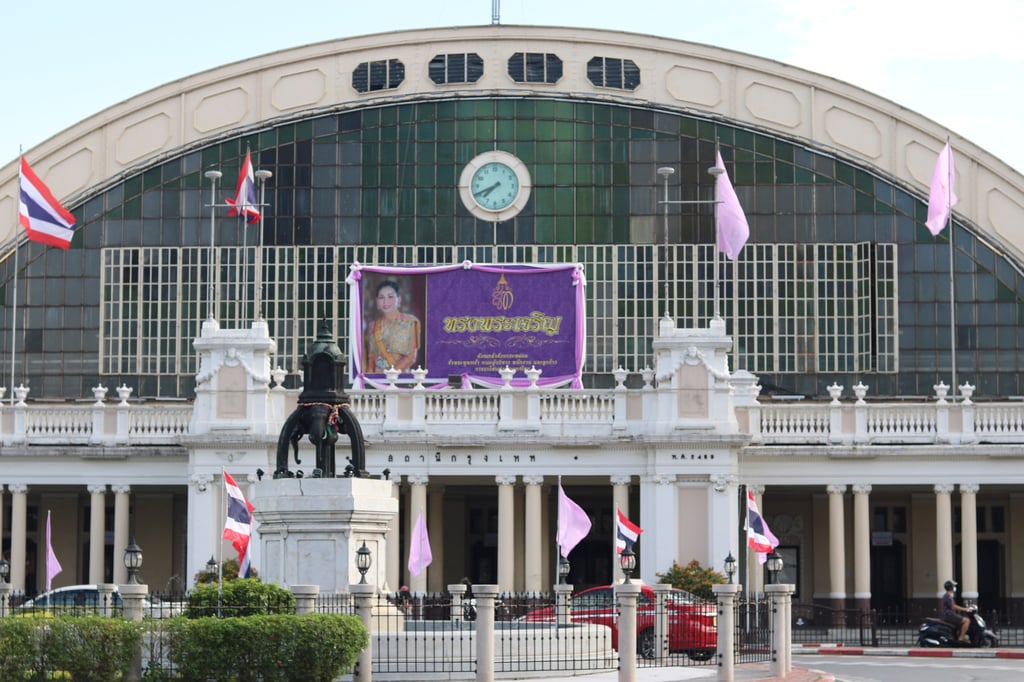Thailand travel by train from Bangkok to Chiang Mai on the Northern Line offers visits to a series of former capitals – we hopped on board
- Beginning with the current capital, Bangkok, we went on a whistle-stop tour through Ayutthaya and Sukhothai to Chiang Mai, taking in all the ancient sites
- The most dazzling stretch of railway sees the train rise from the rice fields of Thailand’s central plain and snake into the forested highlands of Chiang Mai

Built in the Neo-Renaissance style, Bangkok’s Hua Lamphong railway station is a rare architectural beauty. The 106-year-old terminus was due to close last winter but rumours of its demise appear to have been greatly exaggerated, as Mark Twain might have put it.
Six months after the shutters were supposed to come down, Hua Lamphong remains open, an outpouring of nostalgic remonstrations online having provoked a rethink by Thai authorities. And it’s hard to think of a more fitting point of departure for a journey through Thailand’s history along the Northern Line than this splendid old station.
As commuters stand for the 8am daily broadcast of the national anthem, I sip a coffee on the second-floor balcony. When the music’s over, I hurry to the platform to get seated on the 75 Express.
A third-class ticket buys me only ceiling fans to help ward off the bugs and tropical heat. Yet there are advantages to travelling on the cheap, including the mixture of aromas and sounds that floods the open carriage.

Outside, Bangkok reels by in all its eclectic glory. Slums stand a stone’s throw from grand official buildings, gilded high-rise blocks and, eventually, Bang Sue Grand Station, the behemoth built to supplant Hua Lamphong as the Thai capital’s main station.
In little under an hour, we have swapped the city for the kind of swampy wetlands the modern Thai capital has concreted over (and which it is sinking into at a rate of 2cm to 3cm [0.8in to 1.2in] a year). This marshy landscape separates Bangkok from its predecessor, Ayutthaya, the centre of an eponymous Siamese empire that flourished for 417 years, until it was brought down by besieging Burmese forces in 1767.